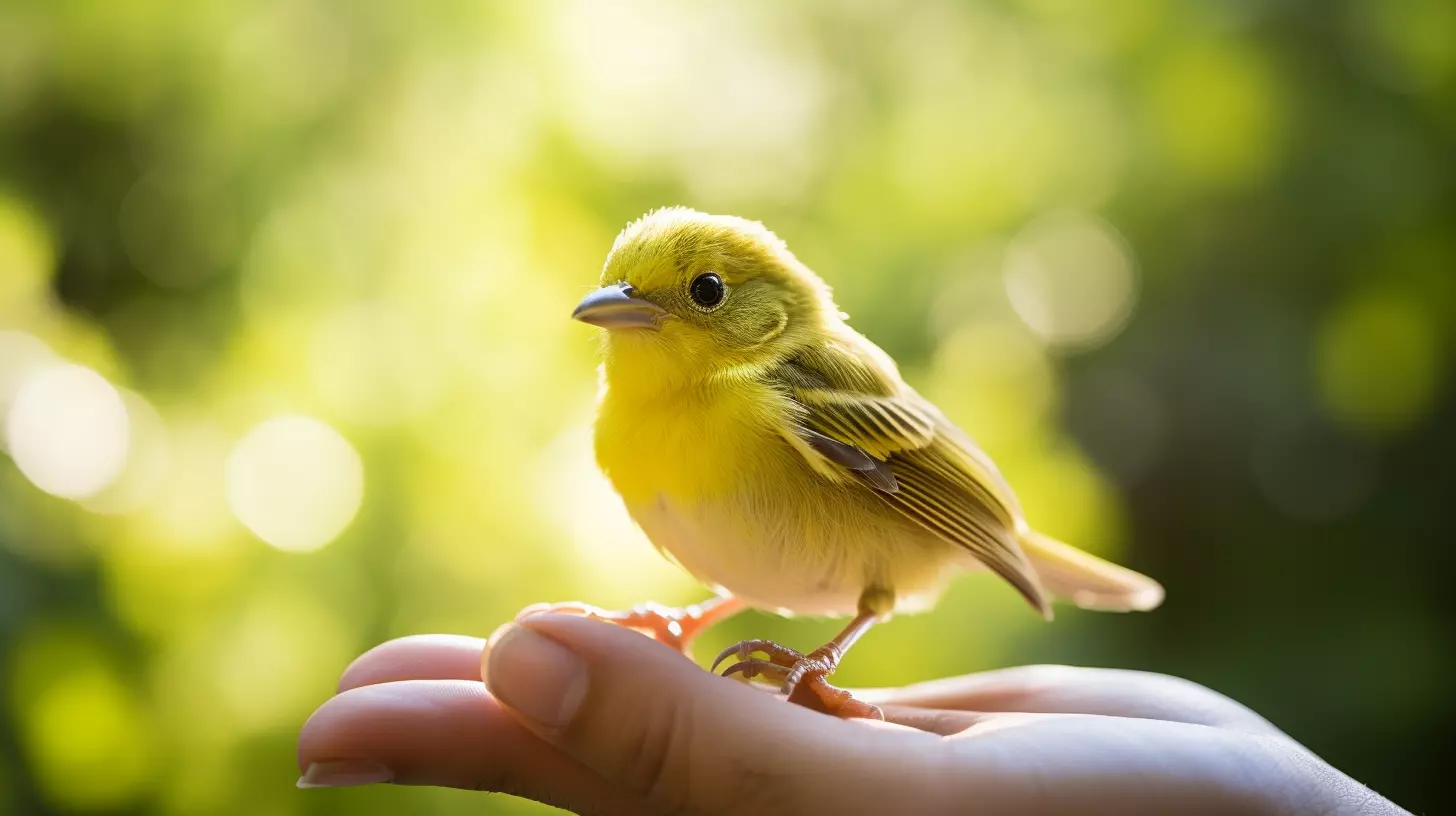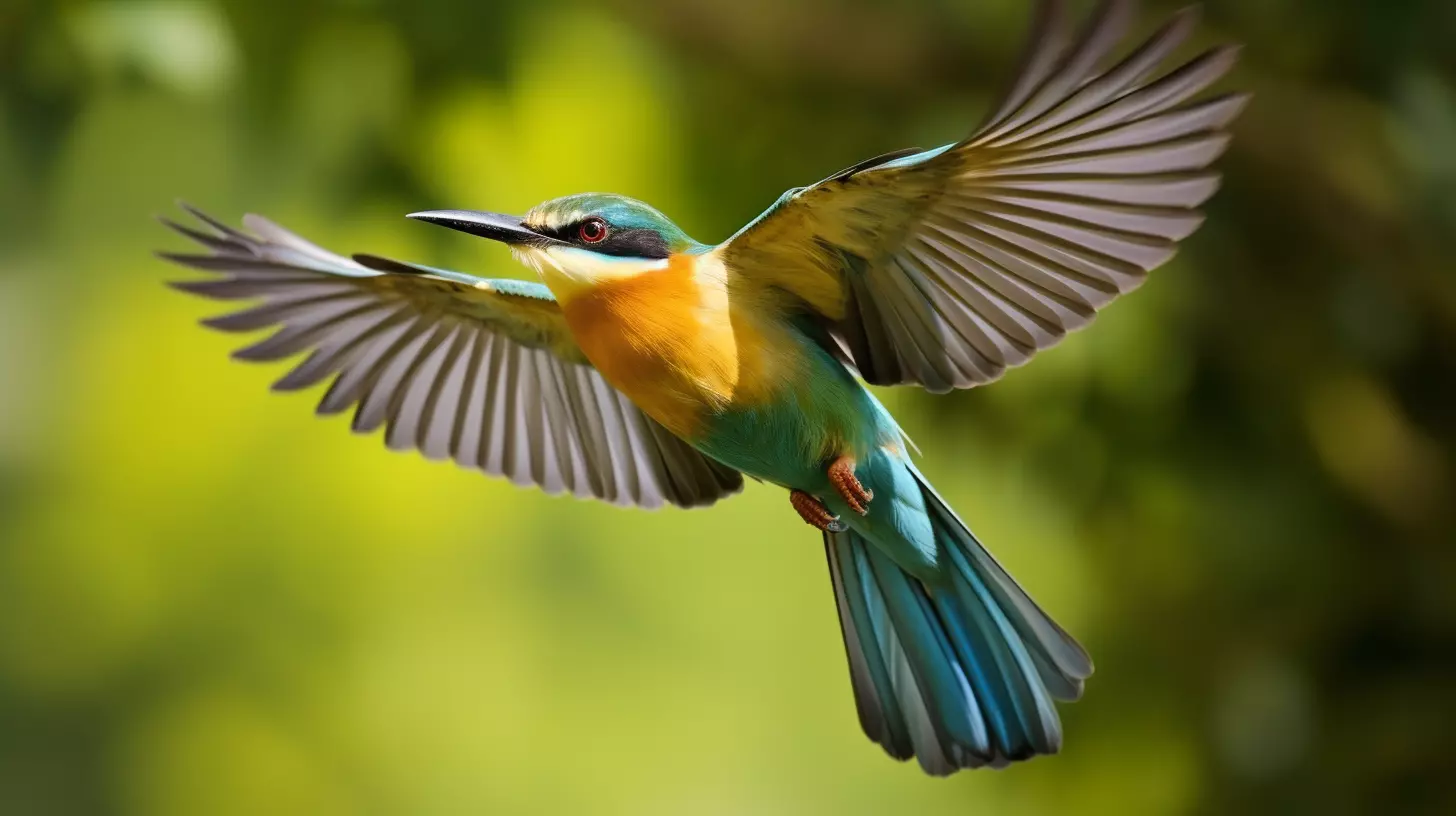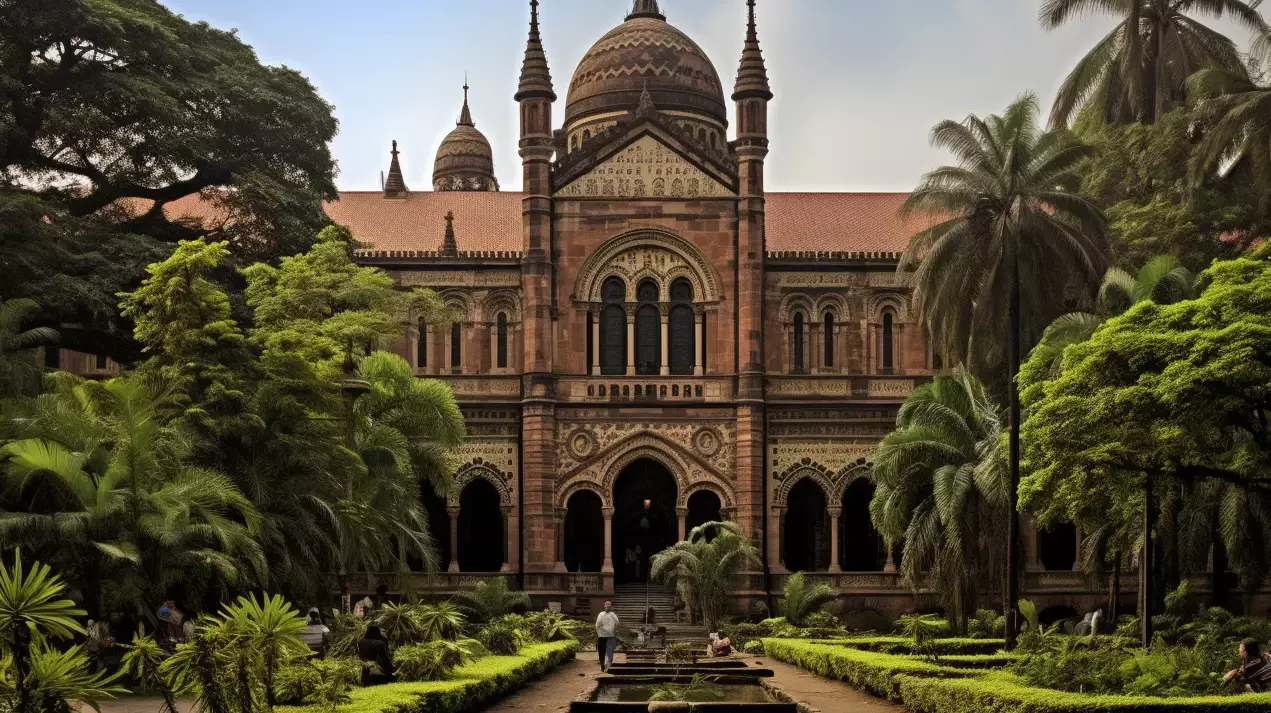The Bombay Natural History Society, or BNHS, stands as a beacon of environmental stewardship in India. Established in 1883, it has seamlessly woven itself into the fabric of the country’s biodiversity conservation efforts. From its inception, BNHS has played a pivotal role in understanding, preserving, and promoting India’s rich natural heritage.
A Pioneer in Indian Conservation
From the outset, BNHS set out to be more than just a society. It emerged as a pioneering force, with a mission to document and conserve the diverse flora and fauna of the Indian subcontinent. This commitment remains unwavering, as BNHS continues to lead the way in ecological research and environmental education.

Early Years and Founding Principles
Founded by eight naturalists and philanthropists, including prominent figures like Dr. Salim Ali and S. Dillon Ripley, BNHS began with a focus on documenting the avifauna of the Bombay Presidency. The early members were driven by a passion for nature and a shared vision of promoting scientific understanding. This laid the foundation for BNHS to evolve into a comprehensive institution dedicated to the entire spectrum of biodiversity.
BNHS and Avian Research
One of the cornerstones of BNHS’s work has been its extensive research on birds. The society has conducted numerous avian surveys, leading to the discovery of new species and contributing significantly to ornithological knowledge. This emphasis on avian research aligns with the vision of its founders, who recognized birds as vital indicators of environmental health.

Conservation Impact Through Avifauna Studies
BNHS’s avifauna studies have had a profound impact on bird conservation in India. The society’s research has identified critical habitats, influenced conservation policies, and raised awareness about the plight of endangered species. The tireless efforts of BNHS have contributed significantly to the protection of avian biodiversity across the subcontinent.

BNHS’s Role in Wildlife Conservation
Beyond avifauna, BNHS has been instrumental in conservation initiatives across various ecosystems. From marine life to terrestrial habitats, the society actively engages in research, advocacy, and on-the-ground conservation efforts. BNHS has pioneered projects aimed at protecting endangered species and their habitats, fostering a holistic approach to biodiversity preservation.

Sustainable Development and Advocacy
In the face of ongoing environmental challenges, BNHS stands as a staunch advocate for sustainable development. Through collaborations with governmental and non-governmental bodies, the society promotes policies that balance human needs with environmental conservation. BNHS has played a crucial role in shaping conservation policies that strike a harmonious chord between development and ecological sustainability.

BNHS’s Educational Outreach
Recognizing the importance of education in conservation, BNHS conducts a myriad of educational programs and workshops. These initiatives aim to instill a love for nature, foster environmental consciousness, and train the next generation of conservationists. The society’s outreach extends to schools, colleges, and local communities, making a lasting impact on environmental awareness.

Publications and Knowledge Dissemination
BNHS actively disseminates knowledge through publications, including research journals, field guides, and popular articles. This commitment to sharing information ensures that the broader public is informed and engaged in the conservation dialogue. The society’s publications serve as invaluable resources for researchers, students, and nature enthusiasts alike.
BNHS in the Modern Era
In the contemporary landscape, BNHS embraces technological advancements to enhance its research capabilities. From employing GIS mapping for habitat analysis to utilizing advanced monitoring techniques, the society continues to evolve with the changing times. This integration of technology positions BNHS at the forefront of modern conservation practices.
Global Collaborations and Partnerships
Recognizing the global nature of environmental challenges, BNHS actively engages in collaborations and partnerships with international conservation organizations. These alliances amplify the impact of the society’s work, fostering a collective approach to address pressing issues such as climate change, habitat loss, and species extinction.

Conclusion
As we navigate an era marked by environmental concerns, the Bombay Natural History Society remains an unwavering force in the conservation landscape. From its early days focused on avifauna to its current multidisciplinary approach, BNHS continues to be a beacon of inspiration for conservationists worldwide. The society’s legacy is not merely a testament to its past achievements but serves as a guiding light for future generations committed to the preservation of our planet’s biodiversity.

